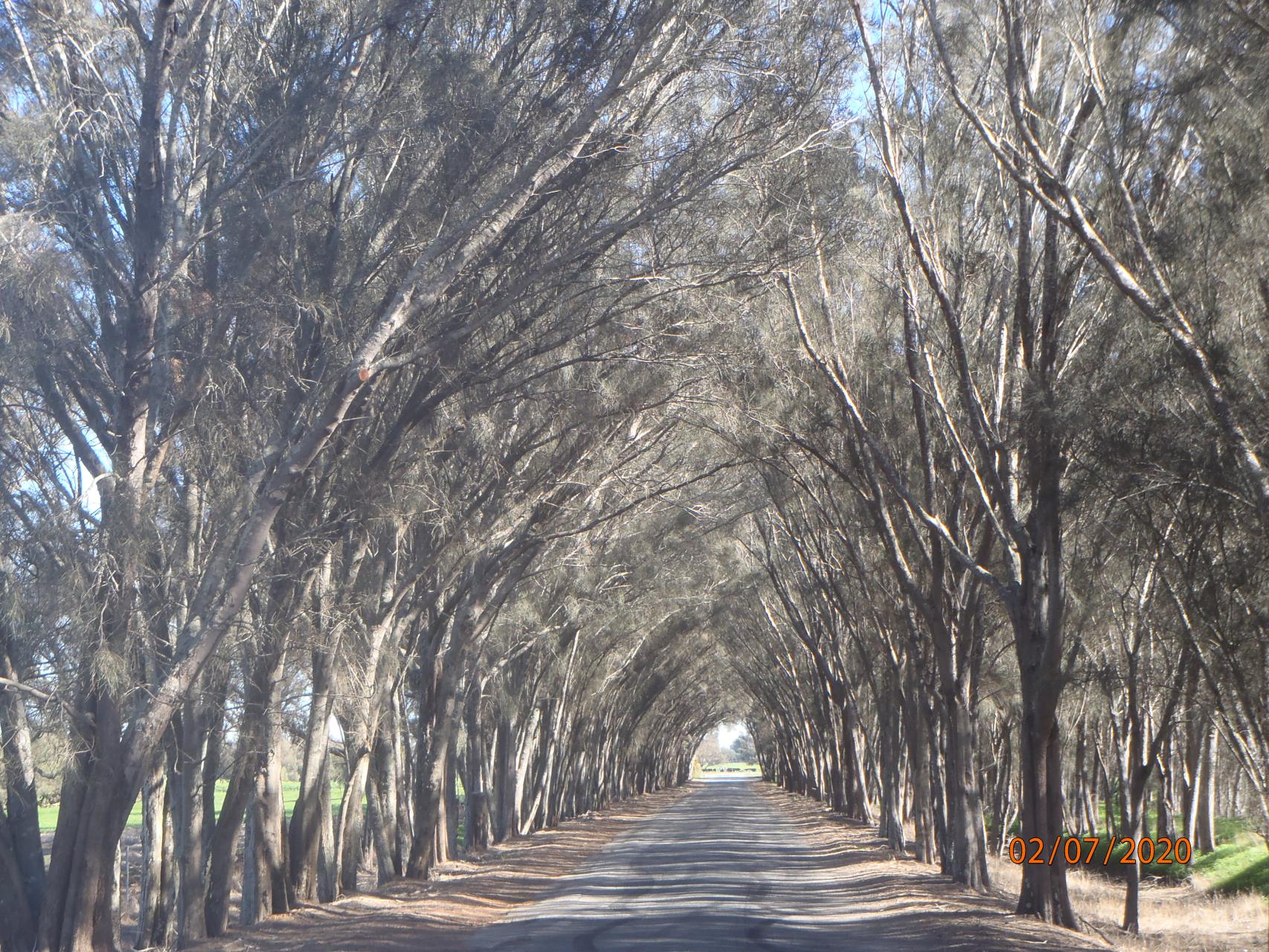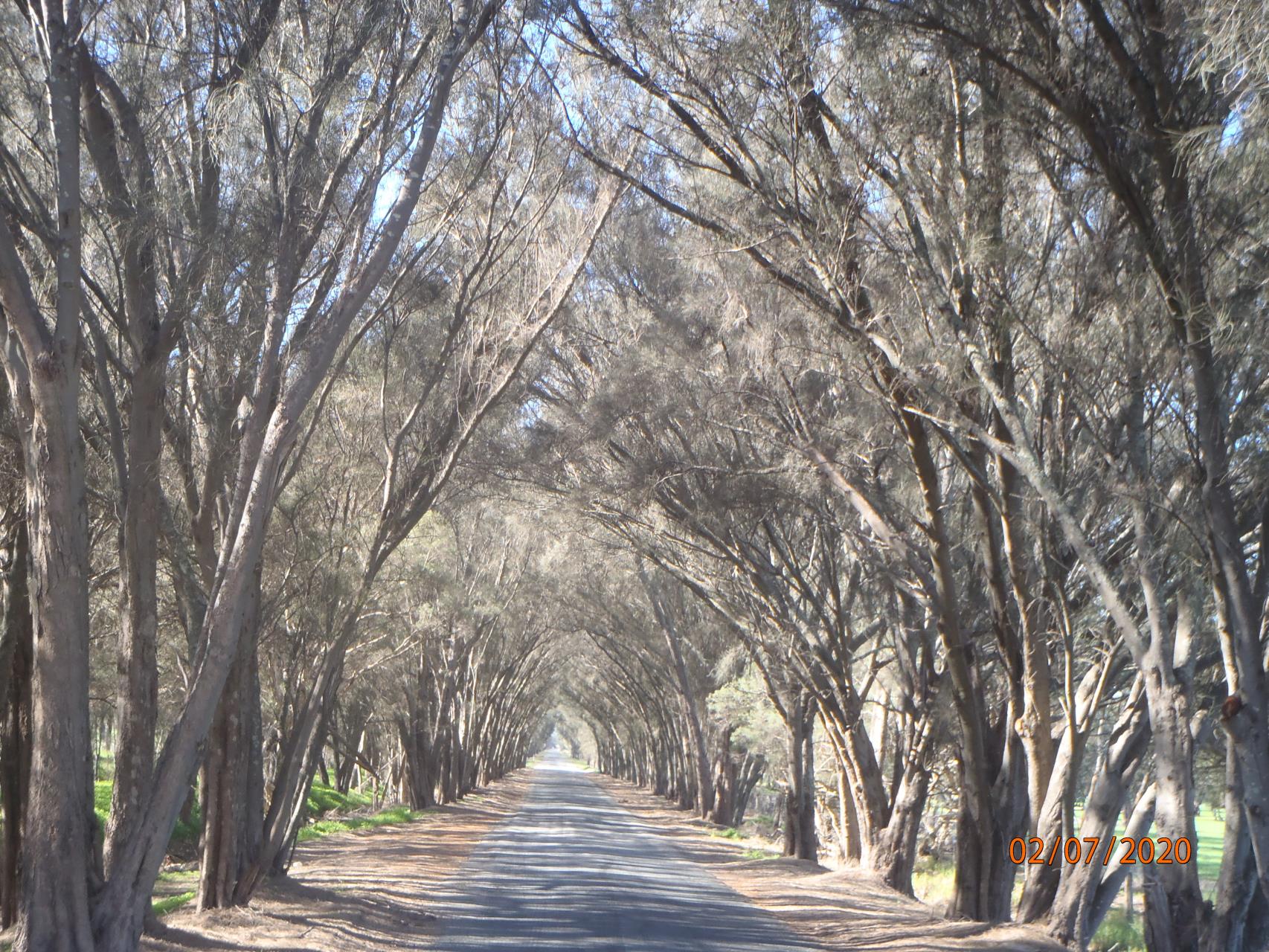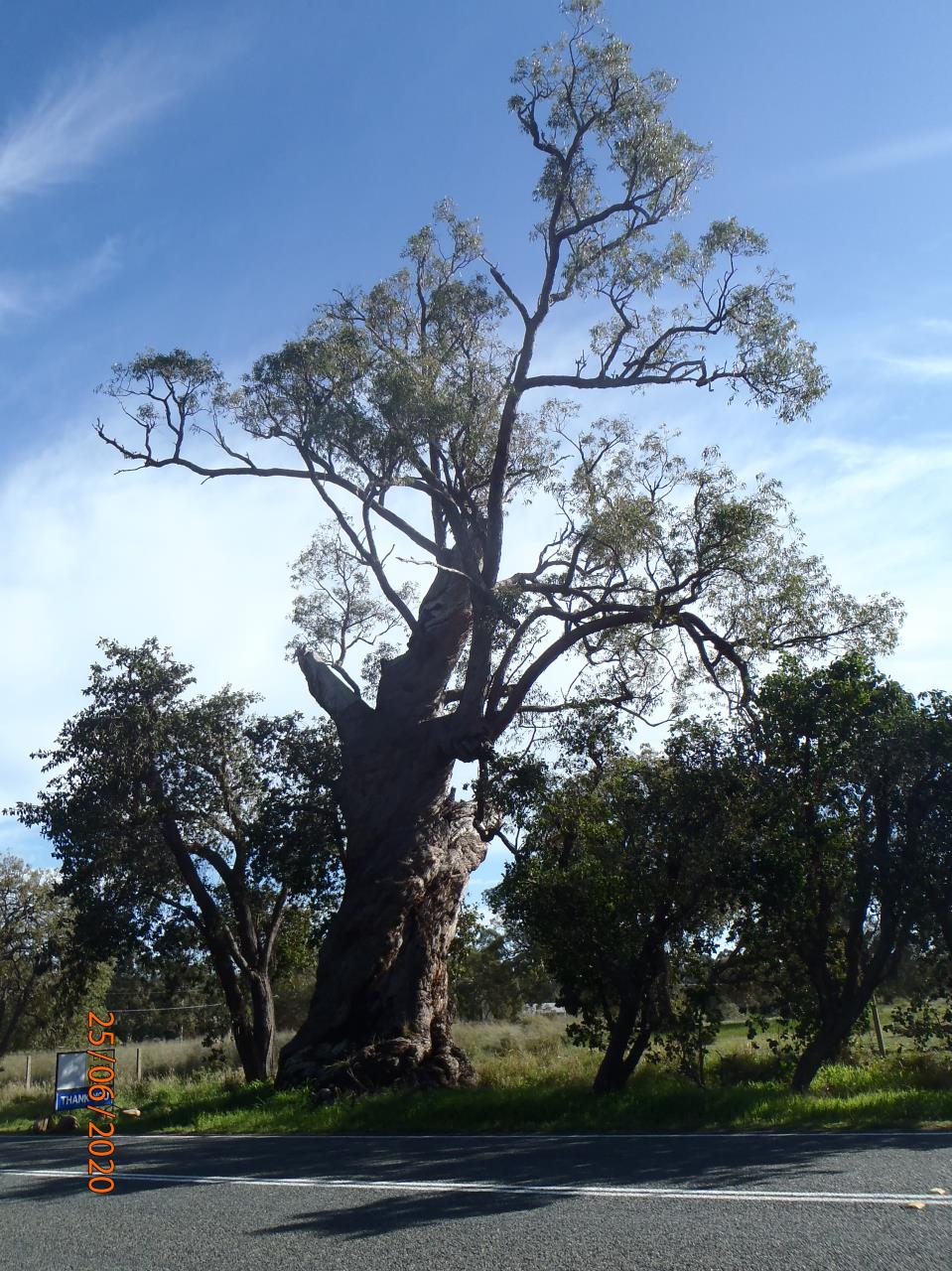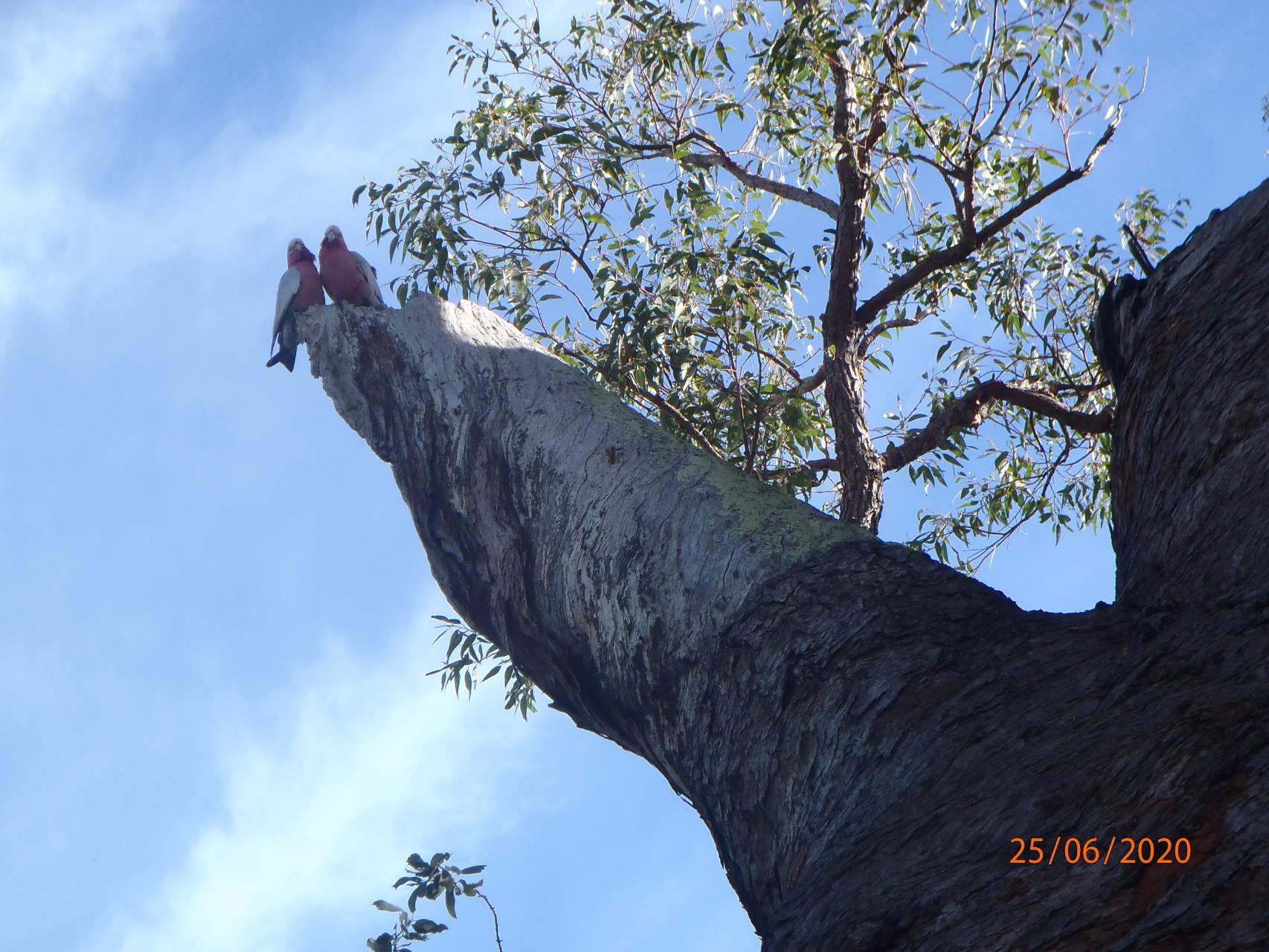Significant Tree Register
Adoption by Council
In December 2021, Council resolved to adopt the Significant Tree Register which provides an important step in a process to record, recognise and protect trees that are special or significant, and to promote the special trees that characterise the Shire.
This initial stage included trees on Shire managed land (Shire managed Crown reserves, road reserves and land owned by the Shire).
Nominated trees on private property or on land controlled by government agencies were added to the Register in December 2022. Trees on private property were only included with the agreement of the landowner, and all ownership and locality information for private trees has been withheld.
More trees were added to the Register in December 2024 and September 2025.
View the Significant Tree Register
Why have a Significant Tree Register?
Following the release of the Urban and Rural Forest Strategy, the Shire of Serpentine Jarrahdale has taken a significant step towards cleaner, greener and more sustainable future neighbourhoods. One of the goals of the Strategy is to maintain the rural character of the Shire by updating and revising the Significant Tree Register.
Residents who are aware of a tree in the Shire of Serpentine Jarrahdale that they think is special or significant can become Tree Trackers and nominate it for assessment against the criteria for inclusion on the Shire’s Significant Tree Register.
Tree Trackers is an initiative of the Shire to protect trees of significance in our community, providing a first step in a process to record, recognise and protect trees that are special or significant, and to promote the special trees that characterise the Shire. The Register draws attention to special trees, and ensures that their protection is prioritised.
Following inclusion on the Register, the trees can be considered for further protection. This protection is given by the Local Planning Scheme No. 3, Clause 4.8, by the Council placing a Tree Preservation Order over a specific tree or group of trees. A Tree Preservation Order prohibits the ring-barking, cutting down, topping, lopping, removing, injuring or wilful destruction of any tree or trees specified in the Tree Preservation Order except with the consent of the Council.
Trees can be nominated for protection and inclusion on the Significant Tree Register by any member of the community or organisation, and can be native or exotic species, and growing on private or public land.
Residents can nominate a tree by downloading the nomination form on this page. A tree can be a single tree, a group, or even a larger area such as a road or reserve. If a nominated tree is formally adopted on the Shire’s Significant Tree Register, the tree will be protected and its special features recognised.
What makes a tree significant?
- Is particularly old or large
- Has a beautiful shape or form
- Has heritage significance
- Is an unusual type or species
- Is special to you or the community for a specific reason
What does it mean to be on the STR?
By being on the STR a tree is awarded extra protection when it comes to future development.
Some notable trees on the Register include the Abernethy Road Tree Tunnel and the Oldest Jarrah Tree on Karnup Road near Kiely Lane, pictured below.



Can I nominate a tree?
If you have a tree or trees that are not on the register you can still nominate them by completing the nomination form below.
Please note that the tree may not be included immediately as a process needs to be followed as indicated below. We are however keen to get your nominations and will consider how to add it to the register when a nomination is received.
Nomination form
Download a nomination form and help us protect our tree below.
Trees Tracker Nomination Form
Spread the word
Download the Tree Tracker flier and help us spread the word to have as many trees nominated to be assessed for inclusion on the Significant Tree Registry.
Tree Tracker Flier
For more information please see the FAQs below or contact the Shire's Strategic Planning Team on 9526 1111.
FAQs
What is the Significant Tree Register?
The Significant Tree Register provides a record of trees that are special or significant to the community.
Trees on the Register may then be considered for extra protection under LPS3 via a Tree Preservation Order. Tree Preservation Orders prohibit the ring-barking, cutting down, topping, lopping, removing, injuring or wilful destruction of any tree or trees specified in the Tree Preservation Order except with the consent of the Council.
The Register, along with its standardized assessment criteria, provides a consistent and analytical approach to the protection of significant trees. It will be updated following registration of all new significant trees, and will be publicly available.
What makes a tree significant?
An individual tree, a group of trees, or a larger area such as a road or reserve can be considered for inclusion on the Register on the basis of one or more of the following categories of significance.
Significant trees can be native or exotic, and growing on private or public land. Significant trees can include:
- Any tree of outstanding aesthetic quality.
- Any tree outstanding for its large height, trunk circumference or canopy spread.
- Any tree that is particularly old or venerable.
- Any tree commemorating or having associations with an important historical event or person.
- Any tree associated with a well-known public figure or ethnic group.
- Any tree which occurs in a unique location or situation, or provides a significant contribution to the landscape, including landmarks and trees which form part of an historical garden, park or town.
- Any tree that is of a rare species or a variety of very localised distribution.
- Any tree which is of horticultural or genetic value and could be an important source of propagating stock.
- Any tree which exhibits an unusual or unique physical feature.
- Any group or avenue of trees conforming to any of the above criteria.
How do you make a nomination?
Any member of the community, Shire officers, or a third party may make nominations. Trees nominated may be on public or private land, and can be native or exotic species.
Nominations must be on the standard form, available above or from the Shire offices.
To nominate a tree for inclusion on the Significant Tree Register, please complete as much of the form as possible. Although information may be limited, make sure to provide some indication of its identity, an accurate description of its location (and GPS coordinates if possible), the reason the tree is significant, and your name and contact details. Photos of the tree are particularly important for confirming its identity.
How is the nomination assessed?
Once a nomination is received, a Shire officer will make a site visit and initial assessment. This forms the basis for a recommendation as suitable or unsuitable for inclusion in the Register.
If the tree is on private land, the landholder is contacted and given the opportunity to comment on the nomination. . If the landholder objects, the tree will not be included on the Register. If the landholder agrees to inclusion of their tree on the Register, all identifying information (names, addresses and locations) is withheld.
Suitable nominations for inclusion on the Register then proceed to Council for endorsement. Council makes the final decision on whether a tree should be placed on the Register. Affected landholders have the opportunity to address Council on the registration of a particular tree.
After trees are endorsed as Significant and included on the Register, they may be considered for additional protection under LPS3 via a Tree Protection Order.
The nominator and affected landholders are kept informed throughout the assessment process.
.
Legislative background - Local Planning Scheme No.3
4.8 - Tree Preservation Orders
Where the local government considers that it is expedient for the purpose of securing or preserving existing amenity including urban cooling, it may, by a resolution, make an order (hereinafter referred to as a “Tree Preservation Order”) relating to specific trees or groups of trees, and may, by a resolution, revoke or amend any such order. The Tree Preservation Order shall have effect from the date and time of the resolution.
A Tree Preservation Order prohibits the ring-barking, cutting down, topping, lopping, removing, injuring or wilful destruction of any tree or trees specified in the Tree Preservation Order except with the consent of the local government and any such consent may be given subject to reasonable conditions.
Where the local government resolves to make, amend or revoke a Tree Preservation Order, the local government shall as soon as practicable after the resolution, serve a notice to all affected landowners and any other relevant parties and invite comment on the resolution within a period of not less than 21 days as specified in the notice.
All submissions received within the period specified in the notice of a Tree Preservation Order shall be considered by the local government within a period of not less than 60 days. During this period, the local government shall decide whether to maintain, amend or revoke the Tree Preservation Order.
All decisions to maintain, modify or revoke a Tree Preservation Order shall have immediate effect. If the local government decides to maintain or amend the Tree Preservation Order, the local government shall publish a notice of the Tree Preservation Order in a newspaper circulating in the area of the affected land.
A person shall contravene the Scheme if they do not comply with a Tree Preservation Order.
Non-compliance with a Tree Preservation Order shall not contravene the Scheme where:
the person acted to remove an immediate threat to life or property; the person acted to comply with the Bush Fires Regulations 1954; or
where the tree is considered likely (as demonstrated through an arboricultural report) to cause damage to buildings or services.
A person whose land is affected by a Tree Preservation Order may apply in writing to the local government to have the Tree Preservation Order revoked or amended and shall, in that application, provide that person’s reasons for requiring the revocation or amendment.
The local government shall maintain a register of Tree Preservation Orders which contains a list of all the trees subject to orders under this clause